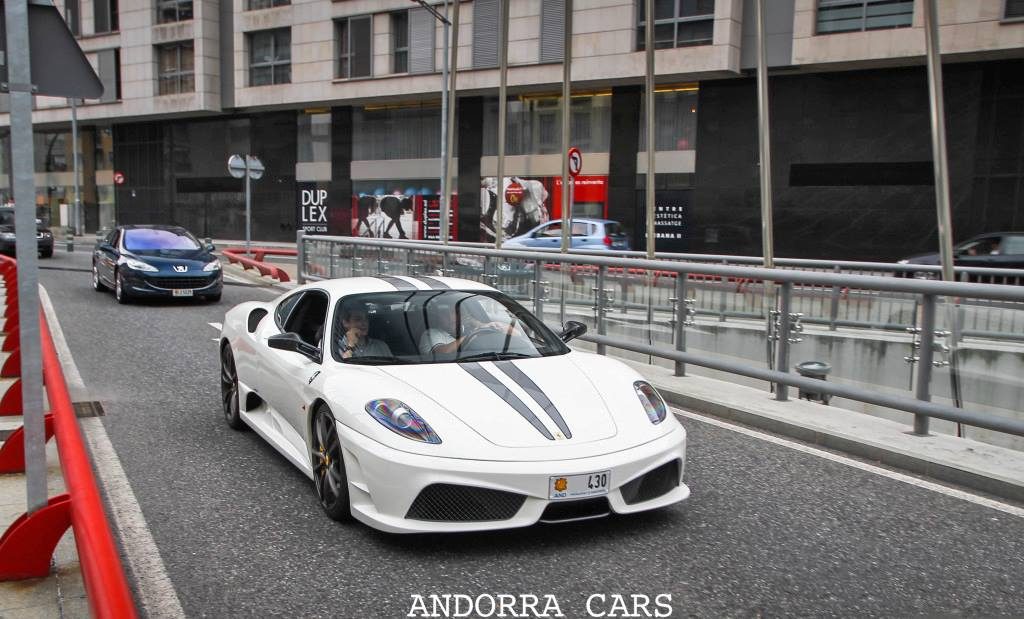Ferrari F430. White color
The Ferrari F430 (Type F131) is a sports car produced by the Italian automobile manufacturer Ferrari from 2004 until 2009 as a successor to the Ferrari 360. The car is an update to the 360 with exterior and performance changes. It was unveiled at the 2004 Paris Motor Show. The F430 was succeeded by the 458 which was unveiled on 28 July 2009.
Designed by Pininfarina in collaboration with Frank Stephenson (Director of Ferrari-Maserati Concept Design and Development), the body styling of the F430 was revised from its predecessor, the 360, to improve its aerodynamic efficiency. Although the drag coefficient remained the same, the downforce was greatly enhanced. Despite sharing the same basic Alcoa Aluminium chassis, roofline, doors, and glass, the car looked significantly different from the 360. A great extent of Ferrari heritage was included in the exterior design. At the rear, the Enzo’s tail lights and engine cover vents were added. The car’s name was etched on the Testarossa-styled driver’s side mirror. The large oval openings in the front bumper are reminiscent of Ferrari racing models from the 60s, specifically the 156 “shark nose” Formula One car.
The F430 features a 4,308 cc (4.3 L) V8 engine of the “Ferrari-Maserati” F136 family. This new power plant was a significant change for Ferrari, as all previous Ferrari V8’s were descendants of the Dino racing program of the 1950s. This fifty-year development cycle came to an end with the entirely new engine used in the F430, the architecture of which replaced the Dino-derived V12 in most other Ferrari cars. The engine’s output specifications are: 490 PS (360 kW; 483 hp), at 8,500 rpm and 465 N⋅m (343 lb⋅ft) of torque at 5,250 rpm, 80% of which is available below 3,500 rpm.
Despite a 20% increase in displacement, engine weight grew by only 4 kg (8.8 lb) along with a decrease in diameter for easier packaging. The connecting rods, pistons and crankshaft were all entirely new, while the 4-valve cylinder head, valves and intake trumpets were directly retained from Formula 1 engines, for ideal volumetric efficiency.
The F430 has a top speed in excess of 315 km/h (196 mph) and can accelerate from 0 to 97 km/h (60 mph) in 3.6 seconds, 0.6 seconds quicker than the old model.











